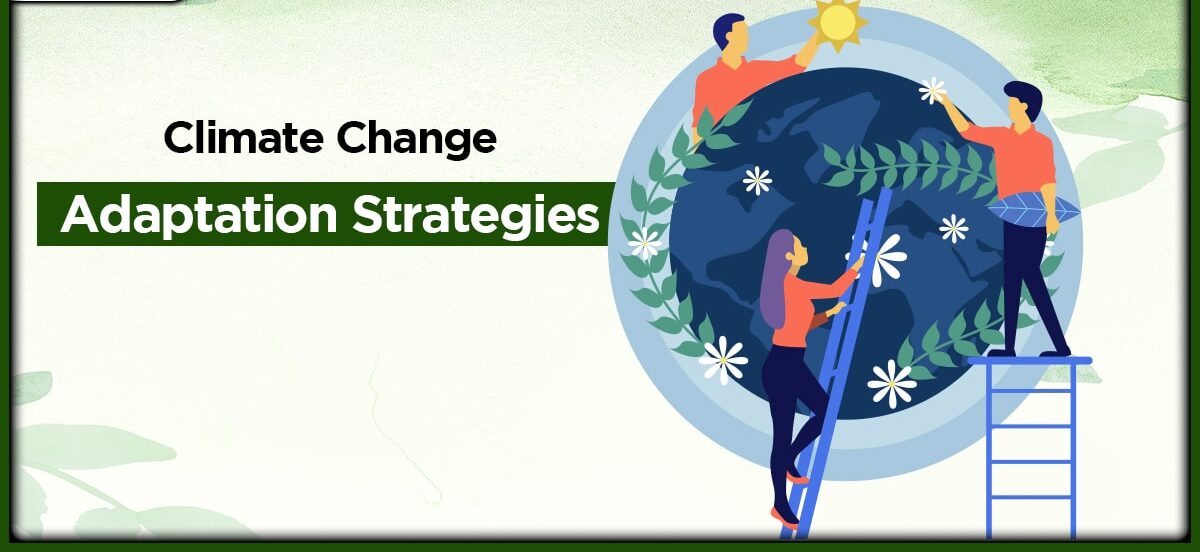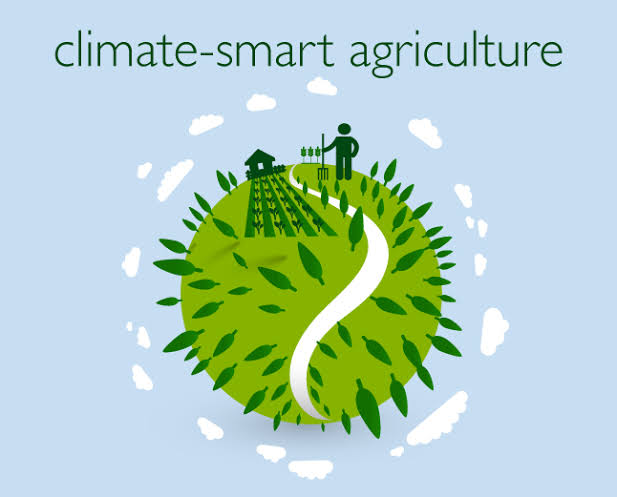
Building resilience to climate change mitigates risks, protects vulnerable communities, and promotes sustainable development.
Theory of Change
Increased resilience of communities and ecosystems to climate-related hazards and shocks. Improved livelihoods, food security, and well-being of vulnerable populations.

Mitigation Strategies
Transition to Sustainable Agriculture
Promote sustainable agricultural practices that reduce emissions from deforestation, livestock farming, and fertilizer use. This includes practices such as agroforestry, conservation tillage, and organic farming.
Carbon Pricing.
Implement carbon pricing mechanisms such as carbon taxes or cap-and-trade systems to internalize the social cost of carbon and incentivize emission reductions by industries and individuals.
Afforestation and Reforestation.
Increase forest cover through afforestation (planting trees in areas that were previously devoid of forests) and reforestation (replanting trees in deforested or degraded areas). Forests act as carbon sinks, absorbing carbon dioxide from the atmosphere and mitigating climate change.
Energy Efficiency.
Promote energy efficiency measures in industries, buildings, transportation, and appliances to reduce energy consumption and greenhouse gas emissions. This can include implementing energy-efficient technologies, improving building codes, and encouraging public transportation and electric vehicles.
Transition to Renewable Energy.
Shift away from fossil fuels towards renewable energy sources such as solar, wind, hydro, and geothermal energy. This involves investing in renewable energy infrastructure and incentivizing renewable energy adoption through policies such as tax credits and subsidies.
Adaptation Strategies
Ecosystem-based Adaptation
Protect and restore natural ecosystems such as wetlands, mangroves, and coral reefs, which provide valuable services such as flood protection, water purification, and habitat for biodiversity. Ecosystem-based adaptation can help communities adapt to climate change while also conserving biodiversity.
Water Management
Enhance water management systems to cope with changes in precipitation patterns, droughts, floods, and saltwater intrusion. This may involve building water storage facilities, improving irrigation efficiency, and implementing water conservation measures.
Community Resilience
Strengthen the resilience of communities through measures such as early warning systems, emergency preparedness plans, social safety nets, and capacity-building initiatives. Engage local communities in adaptation planning and decision-making processes to ensure that adaptation measures are context-specific and socially equitable.
Infrustructure Resilience
Improve the resilience of infrastructure such as roads, bridges, buildings, and coastal defenses to withstand the impacts of extreme weather events, sea-level rise, and other climate-related risks.
Climate Smart Agriculture
Promote climate-smart agricultural practices that enhance resilience to climate change, such as crop diversification, agroforestry, soil conservation, and improved water management.
Impact
Climate change mitigation and adaptation efforts have far-reaching positive impacts on the environment, economy, society, health, and global cooperation. By acting decisively to address the climate crisis, we can create a more sustainable and resilient world for current and future generations.
